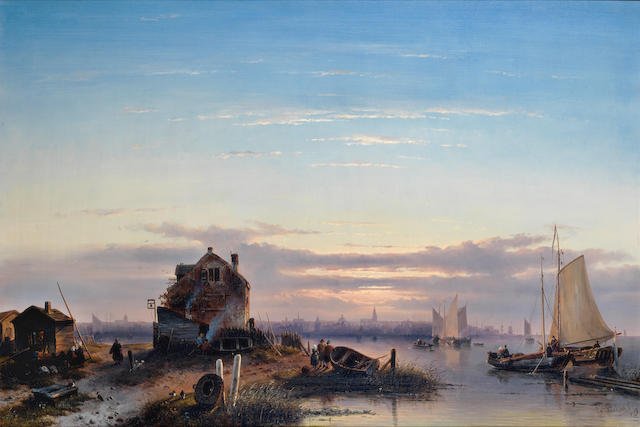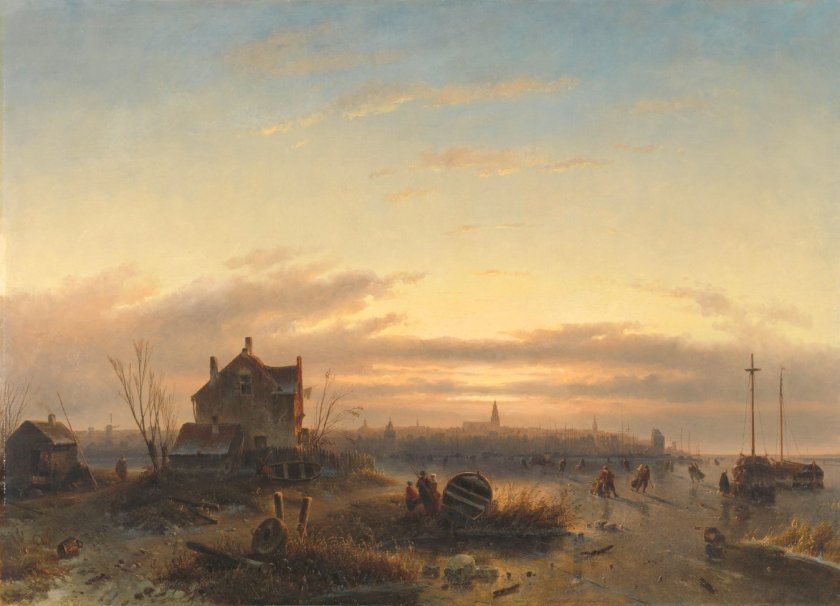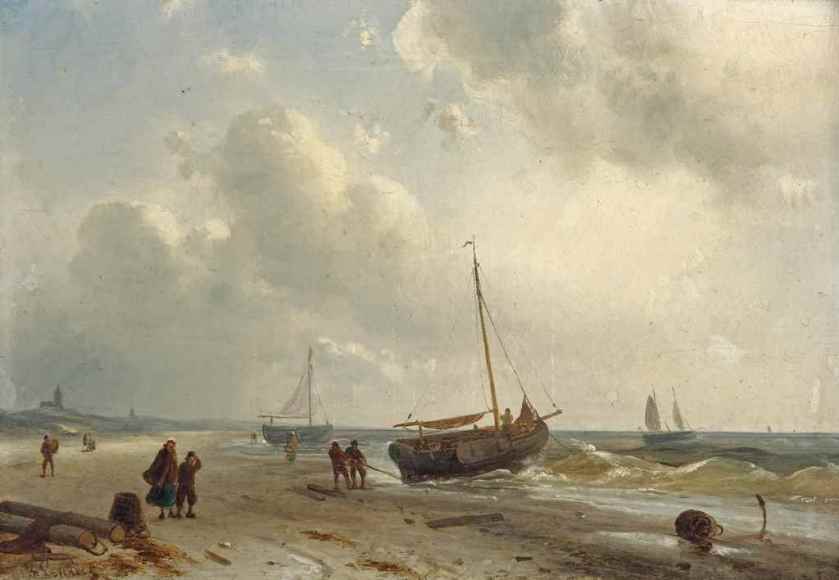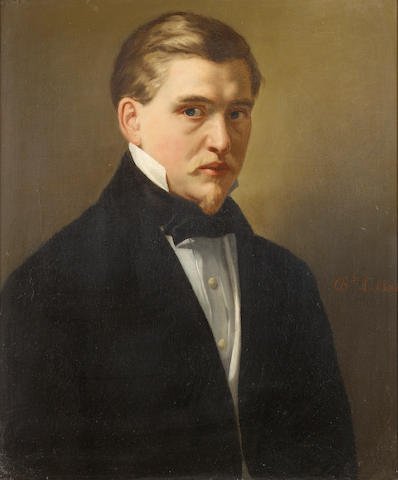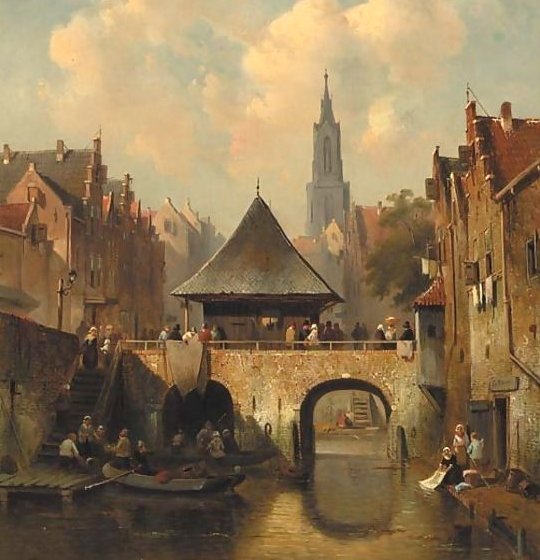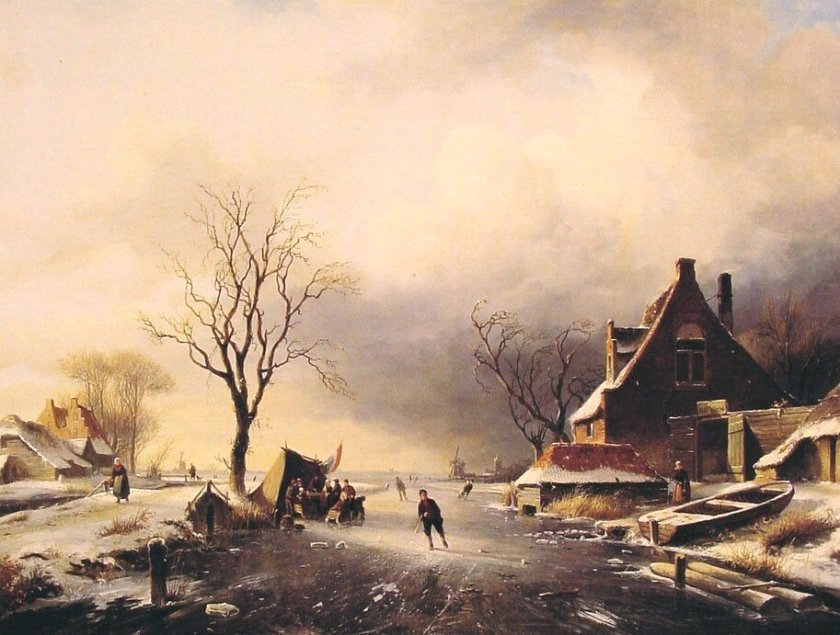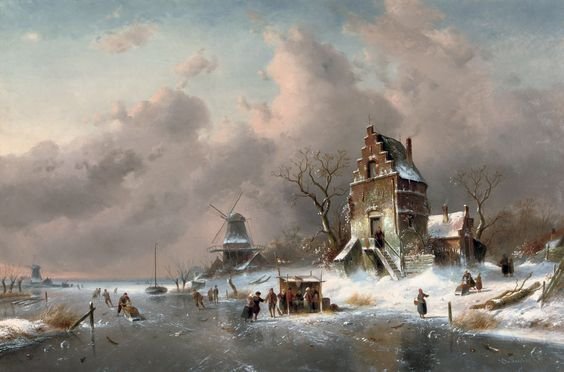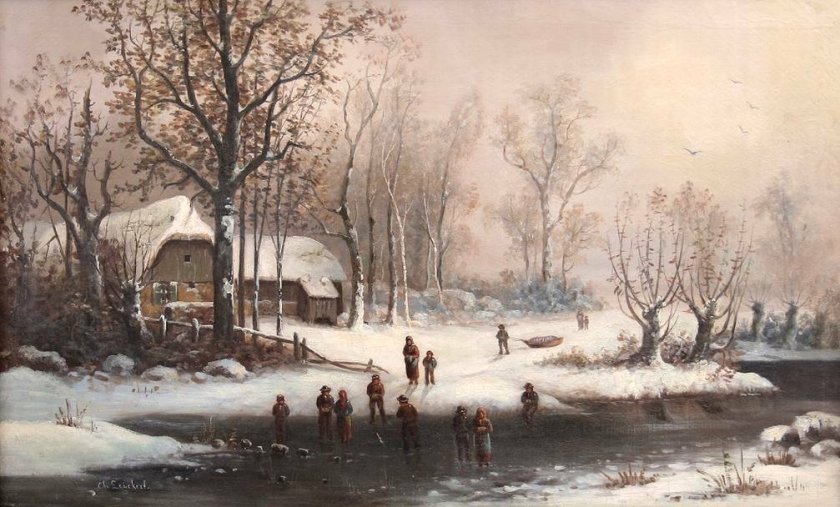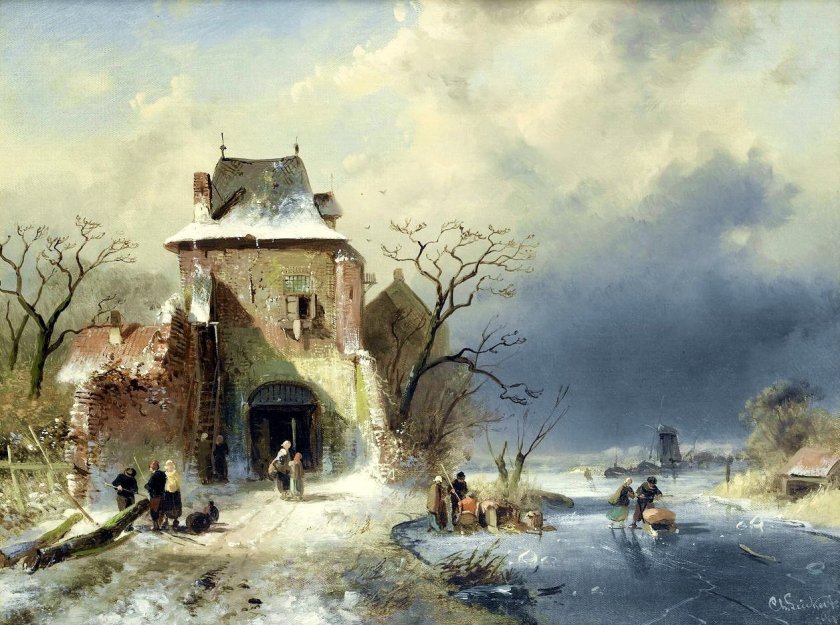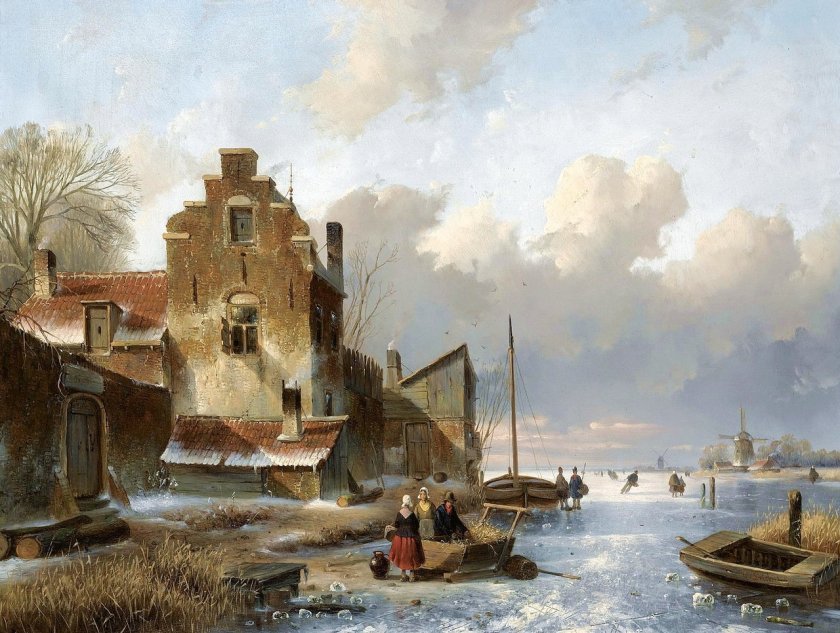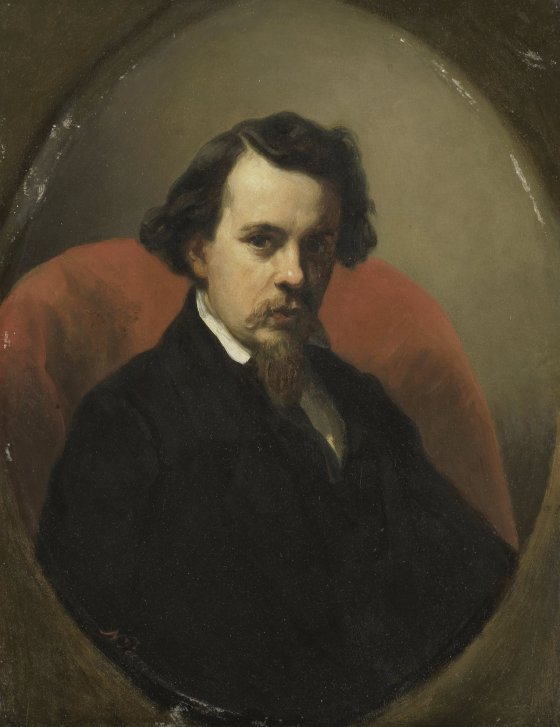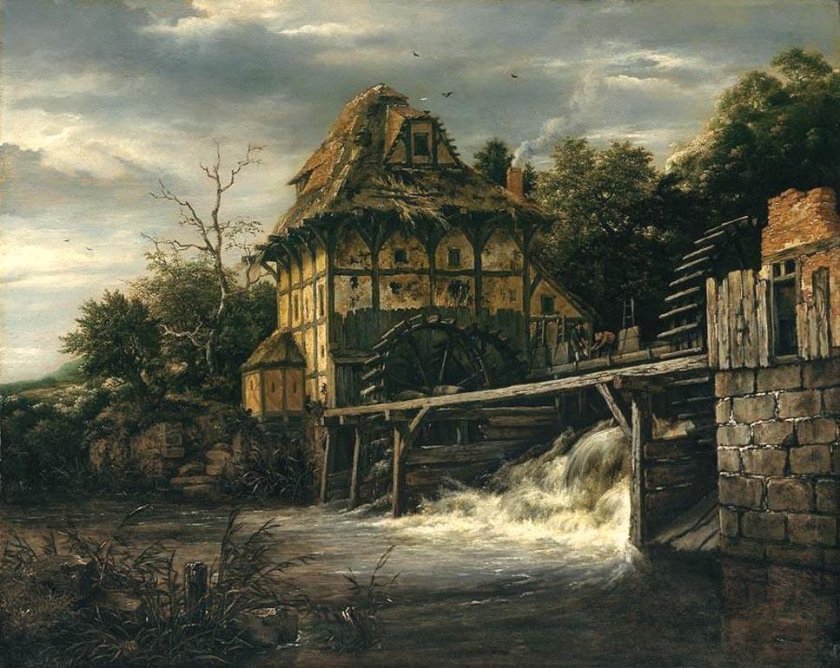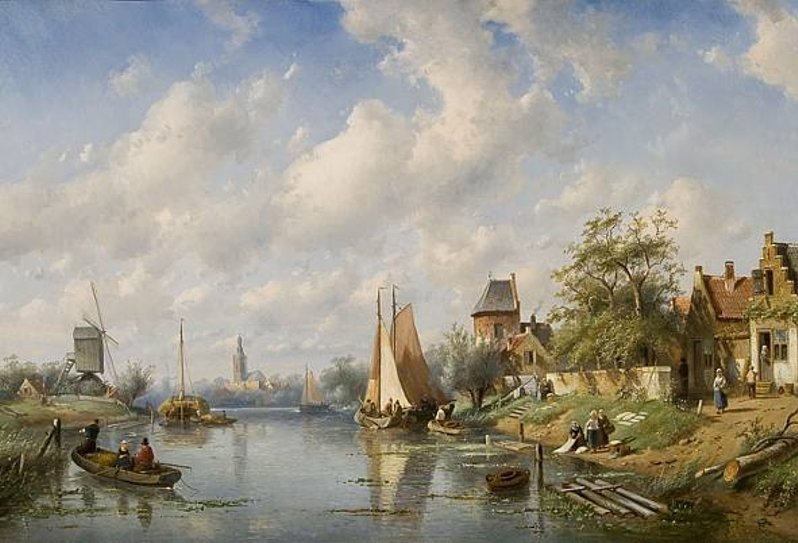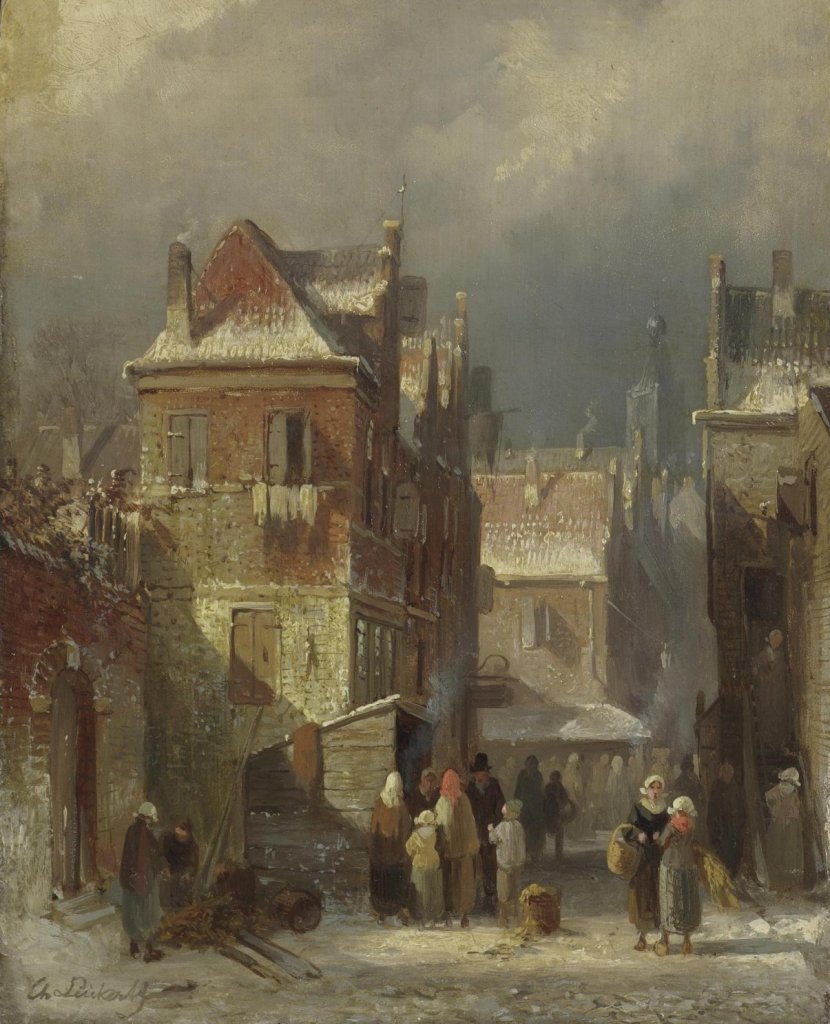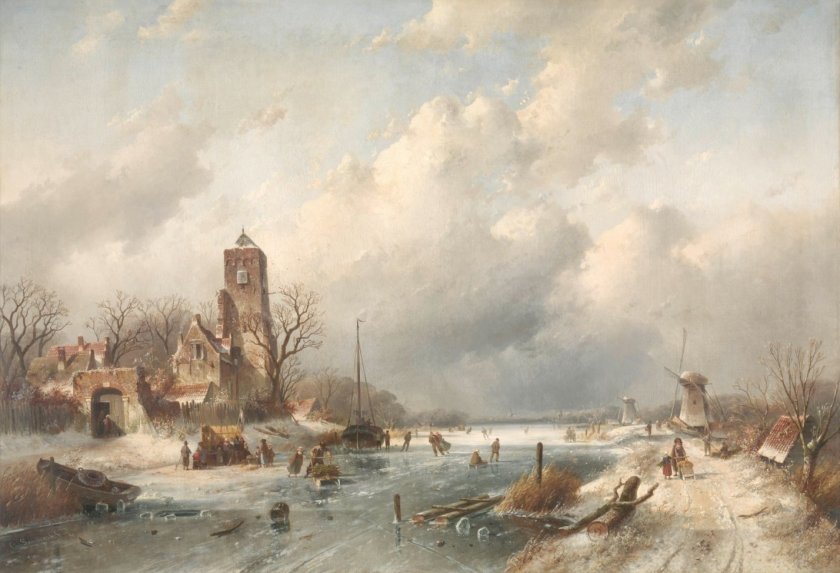In the “About” section of my blog I state quite categorically that I am not a painter. This has now changed in as much as I have now started to dip a paintbrush into paint and touch it to a canvas. Why? As people know my great interest is in art history but people always seem surprised that I have not rattled off a few masterpieces. They constantly ask me why I do not even try to paint. I have now started on that long artistic road and have fallen by the wayside so many times I often wonder why I persevere, but persevere I do. Having said so many times in my blog that I like detailed paintings I tried to emulate the great painters who seem to find it so easy to depict buildings but of course, as you will have guessed, I fail miserably. How artists manage to add so much detail in their work both amazes and frustrates me. Maybe I should paint a few coloured squares or a series of dots instead and then have a highfalutin reasoning behind my depiction! However, whilst I struggle on manfully with my efforts, I want to talk about and show you the work of a genius in this field of cityscape art. Let me introduce you to the English Victorian painter Louise Rayner.

Louisa Ingram Rayner was born in Matlock Bath in Derbyshire on June 21st, 1832. Her middle name, Ingram, came from her grandmother’s family. Whilst she was young she was always known as Louisa but as she grew older she preferred the name, Louise. She was the fourth of nine children. Louise had four sisters and one brother, all of whom became artists. Her father was Samuel Rayner an English landscape artist, who was known for his depictions of buildings and their interiors, including abbeys, churches and old mansions and her mother was Ann Manser Rayner who was an expert engraver of black marble.

At the age of ten, she and her family left Derbyshire and returned to London and it was here that she would spend most of her early life. It was whilst on a family holiday in Herne Bay, when she was fifteen, that she took up drawing and, soon after, she began to study painting seriously, at first with her father who played a major part in her love of art and later under guidance from her father’s artist friends such as George Cattermole, who like her father worked for John Britton, an English antiquary, author and editor, Edmund Niemann, the highly successful British landscape artist who worked mostly in oils. Another of her father’s friends was David Roberts, the Scottish painter who completed long sketching and painting tours of the near East, the Holy Land and Egypt but also specialised in architectural and topographical scenes.

His influence on Louise Rayner is very apparent when we look at the first painting she submitted to the Royal Academy in 1852 entitled The Interior of Haddon Chapel, Derbyshire.

Louise Rayner, like David Roberts, depicted cities and their often crumbling buildings as well as stately homes and their surroundings. During her most active period, Louise, like her father before her, painted a large number of church interiors, and exteriors but what she would really become known for, was her depictions of ancient streets and picturesque yet dilapidated in many of the cities and towns of Britain and Northern France, all of which she always populated by numerous figures. She was a prolific painter and her works appeared at the Royal Academy exhibitions between 1852 and 1886.
Louise Rayner first began exhibiting her watercolour paintings in 1860 at the Society of Female Artists, which was founded three years earlier and has held an annual exhibition in London of the work of women artists ever since. Louise continued to live at the family home and in the early 1860’s this was located in Brighton.
Louise is first recorded as first visiting Chester in 1869. Her paintings from this period are very detailed and charming in a chocolate-box sort of way. They encapsulate the olde worlde charm of Chester and the other towns which she depicted. Most of her works feature people going about their daily business, such as street sellers and people out shopping.

However, midway through that decade, she went on sketching journeys which resulted in beautiful paintings of historical England and Wales. One of her favourite places to visit was the Roman town of Chester (Deva) and it is recorded that Louise was living in Chester at 2 Ash Grove, off the Wrexham Road, in Chester in 1869.

What first grabbed my attention about the Rayner family was the picture above, a painting by Louise Rayner of Aberconwy House within the walled-town of Conwy. It is a place I pass a number of times each week and up until two years ago, I lived just fifty yards from this building.

..………and this is how looked this afternoon !

Another Welsh town she visited and depicted in one of her paintings was Wrexham and above we have her work entitled Street View, Wrexham which she completed in the 1880’s.

Again the local newspaper’s art critic praised her work.

Another of my favourite towns which I frequently visit is Shrewsbury and the town, as it used to be, is beautifully captured in Louise’s painting, Fish Street Shrewsbury.

Another depiction of the streets of Shrewsbury can be seen in her painting, Old Houses, Shrewsbury.

Louise and her younger brother Richard visited the area around the West Midland’s town of Dudley on one of their subject-seeking art expeditions in 1865 and five years later Louise produced this beautiful painting. The depiction is taken from Market Place and we look down Castle Street with Hall Street to the right. In the background, we can see the Church of St Edmund, locally known as the “bottom church” to differentiate from St Thomas’ parish church in High Street (not in the picture) which is known as “top church”. To the left, on the skyline, we can just make out the upper part of Dudley Castle.

Louise traveled extensively throughout Britain each summer during the 1870s and 1880s, but also took trips to northern France and in the picture above we see her depiction of a street in Rheims. The painting depicts Rheims Cathedral in the background. The beauty of this work lies in the drama of the architecture as we see the cathedral spire rising into the sky whilst below we see the street populated by locals. Look how she has used a blaze of sunlight, raking between the buildings, to highlight a man on the right trying to gain entrance to his house.

As it is for everyone, age takes its toll and as she grew older Louise’s artistic talent began to fade probably due to her failing eyesight, unsteady hands and the ability or enthusiasm to travel to towns to seek out new views for her work. Louise exhibited for the last time at the Royal Academy in 1886, and the last time anywhere in London in 1893. She had reached her peak well before she had almost decided to lay to rest her paint brushes at the age of 76 in 1908. The Rayner family dynasty was starting to come to an end. Frances Rayner Copinger died in 1889 and Louise’s mother, Ann, the following year. In 1890 Louise and her sister Margaret set up a teaching studio in Chester but on “retiring”, she and her sister went to live in Tunbridge Wells in 1910. In 1908 the youngest Rayner sibling, Richard, dies aged 65. On August 20th, 1920 her sister and companion Margaret died and Louise Rayner moved to Southwater Road, St Leonards on Sea, a seaside town close to Hastings, where she remained until her death on October 8th, 1924, aged 92.

What surprises me the most is that despite her intricate cityscape paintings, and watercolours, Louise Rayner is not seen as one of the great artists of the nineteenth century. Maybe it is because of the similarity of her work, but can you really get tired of a good thing? I will leave the last word to Peter Watson, the art correspondent of The Observer newspaper, who wrote about Louise following his visit to the Christies Glasgow auction in November 1974. He wrote derisively about the event itself but praised Louise’s work.
“…Louise Rayner won’t be to everyone’s taste – very dense, detailed paintings-cum-drawings of Victorian streets teeming with life: cats fighting, dogs smelling, spivs spivving, washing hanging, flirts leering, babies vomiting, parents spanking. And not a give-away either (priced at several thousand) but they do have a lookatable quality which possibly justifies the price…”
I hope you have enjoyed the last three blogs charting the lives of the Rayner family. Having just completed this one on Louise Rayner and her architectural cityscapes I am going to return to my own canvas, give up my aspirations of depicting a cityscape and just spray a few colours of paint on it and maybe a few zig-zags !!!!!!!
Besides the usual sources such as Wikipedia I got most of my information about the Rayner family from an excellent and comprehensive website entitled DudleyMall.
(http://www.dudleymall.co.uk/loclhist/rayner/samuel.htm)

